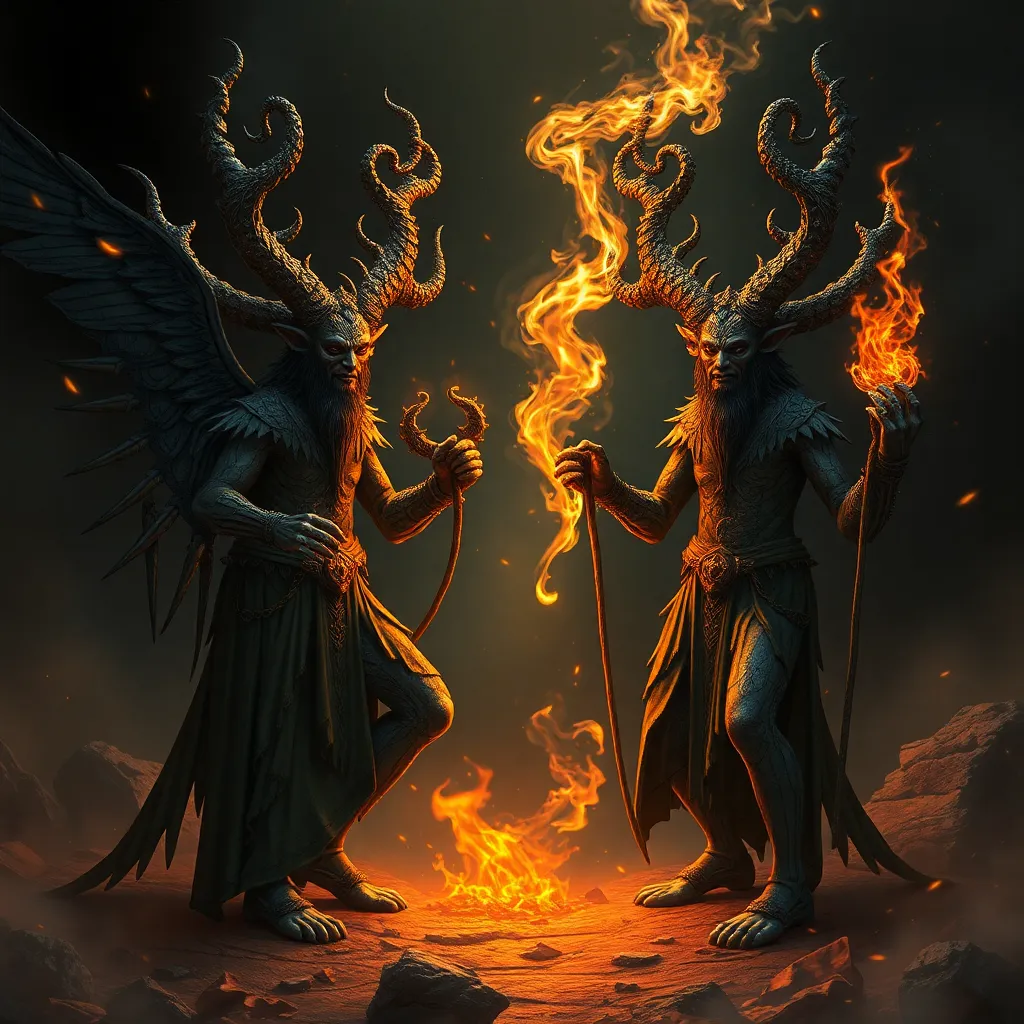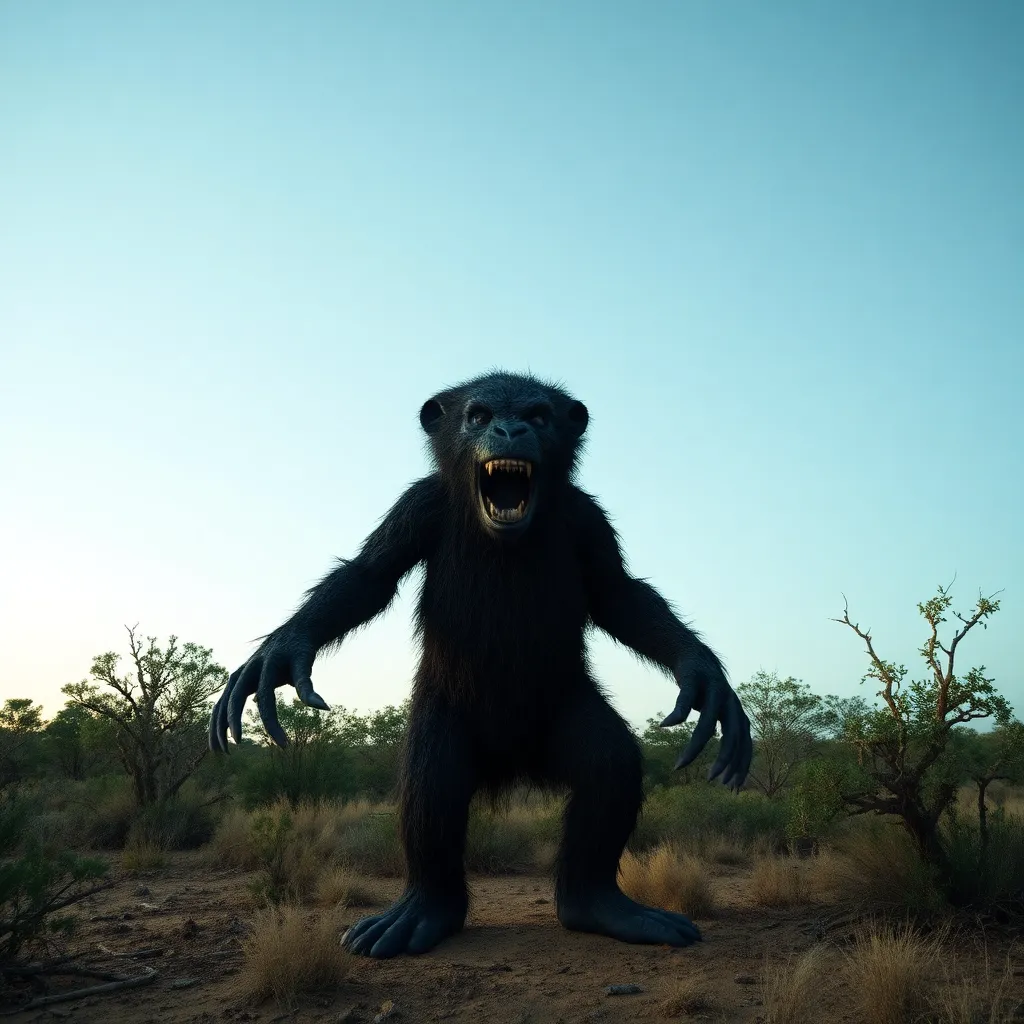The Elven Transformation: Exploring the Mythical Ability to Shift Forms and Shapes
I. Introduction
Elven transformation refers to the mythical ability of elves to shift their forms and shapes, often taking on the guise of animals, other beings, or even elements of nature. This concept is deeply embedded in various mythologies and folklore, representing not just physical change but also profound themes of identity, magic, and the connection between different realms of existence.
The significance of shape-shifting in mythology and folklore cannot be understated; it symbolizes freedom, adaptability, and the fluid nature of existence. Through these transformations, elves often embody the complexities of life, bridging the gap between the natural world and the supernatural.
The purpose of this article is to explore the origins, mechanics, types, and cultural implications of elven transformation, as well as its representation in literature and media. By examining these aspects, we can gain insight into the enduring allure of shape-shifting and its relevance in contemporary society.
II. Origins of Elven Transformation in Mythology
The historical roots of elven transformation can be traced back to ancient cultures that revered nature and its myriad forms. Elves, often seen as guardians of the forests and natural world, were believed to possess the ability to manipulate their physical forms to interact with their surroundings and protect their realms.
Key texts and legends featuring shape-shifting elves include:
- The Norse myths, where elves (álfar) are depicted as beings capable of changing their appearance.
- The Celtic folklore, illustrating the Tuatha Dé Danann, who were known for their magical abilities, including transformation.
- Various fairy tales, such as “The Elves and the Shoemaker,” showcasing the whimsical nature of elf transformations.
When compared to other mythological beings known for transformation, such as werewolves and selkies, elves often represent a more benevolent and playful aspect of shape-shifting. While werewolves may embody the darker side of transformation, elves typically use their powers for good or to teach a moral lesson.
III. The Mechanics of Transformation
How elves are believed to transform varies across cultures, but common themes include magical practices and rituals. These transformations often require:
- Magical incantations or spells.
- Special artifacts, like enchanted rings or cloaks.
- Connection to nature, invoking the spirits of animals or elements.
The symbolism behind different forms and shapes taken by elves is rich and diverse. For example:
- Transforming into a wolf may represent strength and loyalty.
- Shifting into a bird can symbolize freedom and the ability to transcend boundaries.
- Changing into elements like water or fire may illustrate the fluidity of identity and emotion.
The physical and psychological aspects of transformation are also significant. The act of changing form can be cathartic, allowing elves to express different facets of their personalities or to escape from societal constraints.
IV. Types of Transformations
Elves are often depicted taking on various forms, including:
- Animals: Common forms include wolves, foxes, and birds.
- Humans: Elves may disguise themselves as humans to interact with mortals.
- Nature: Some legends describe elves transforming into trees, flowers, or even elements like wind and water.
The purpose of these transformations in stories often revolves around themes of protection, teaching lessons, or navigating challenges. For instance, an elf transforming into a human might seek to understand human emotions or help someone in need.
Cultural variations in transformation abilities across different elven myths highlight unique societal values. For example, in Norse mythology, elves are seen as more mysterious and ethereal, while in Celtic tales, they embody a playful and mischievous spirit.
V. The Role of Elven Transformation in Literature and Media
The representation of elven transformation in classic literature is particularly notable. Authors such as J.R.R. Tolkien have depicted elves with intricate backstories and magical abilities, including shape-shifting. Tolkien’s elves often embody wisdom and a deep connection to nature, highlighting the transformative power of their existence.
In modern adaptations, elven transformation has been explored in various films, video games, and TV shows. Notable examples include:
- Movies: “The Lord of the Rings” series portrays elves as ethereal beings with magical powers.
- Video Games: Titles like “The Elder Scrolls” feature elves who can change forms and possess unique abilities.
- TV Shows: Series like “The Witcher” showcase elves with diverse transformational powers.
The impact of these representations on popular culture has been significant, fostering a fascination with the concept of transformation and the mystical qualities associated with elves.
VI. Thematic Implications of Transformation
The exploration of identity and the self is a recurring theme in stories of elven transformation. The ability to change form raises questions about what it means to truly know oneself and the fluidity of identity.
Additionally, the nature vs. nurture debate is reflected in transformation narratives. The environment in which an elf exists can influence their ability to transform and the forms they choose to embody, suggesting a connection between external circumstances and internal identity.
The moral and ethical dimensions of shape-shifting also warrant attention. Transformation can serve as a metaphor for personal growth, but it can also raise questions about deception and authenticity in relationships.
VII. Real-World Parallels and Interpretations
The psychological aspects of transformation can be interpreted as a representation of personal growth and change. Just as elves transform, individuals often undergo significant changes throughout their lives, adapting to new experiences and challenges.
Cultural practices that mirror elven transformation can be found in shamanism and various rituals that emphasize the connection between humans and nature. These practices often involve altered states of consciousness and the belief in the ability to connect with other realms.
The influence of elven transformation on contemporary spirituality is also notable, as many individuals seek to explore their own identities and connections to the natural world through practices inspired by these mythical narratives.
VIII. Conclusion
In summary, elven transformation is a multifaceted concept rooted in mythology and folklore, representing themes of identity, magic, and connection to nature. The exploration of this ability reveals deep cultural significance and an enduring fascination with the fluidity of existence.
The allure of elven transformation continues to captivate audiences across generations, inviting individuals to explore their interpretations of change and the magical possibilities that lie within. As we delve into our own identities, we may find that the essence of transformation is not only a mythical journey but a personal one as well.



